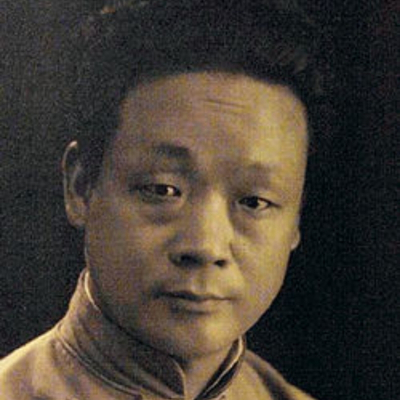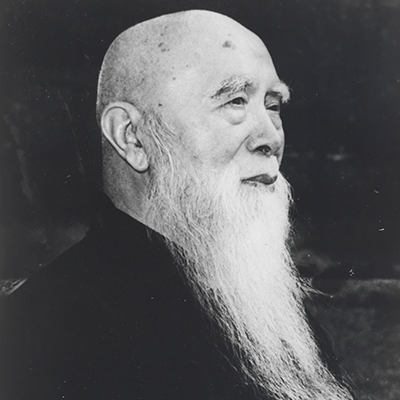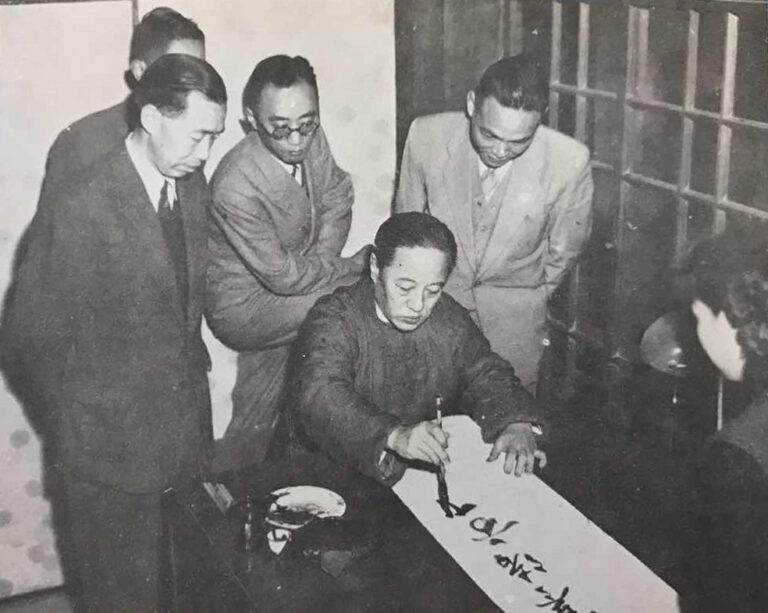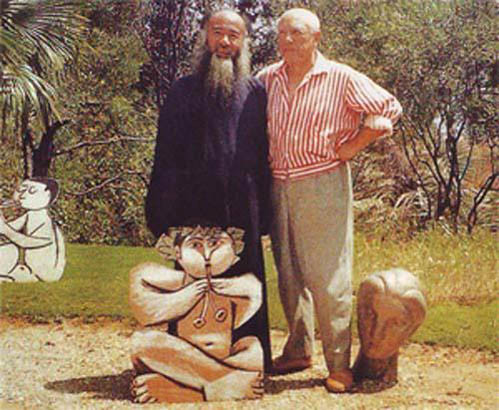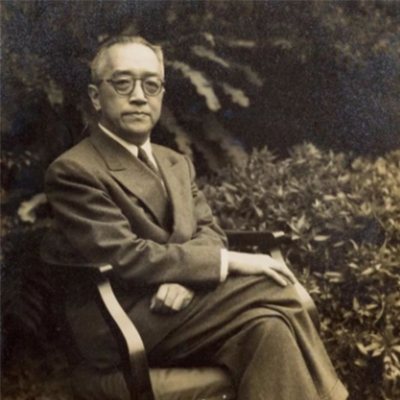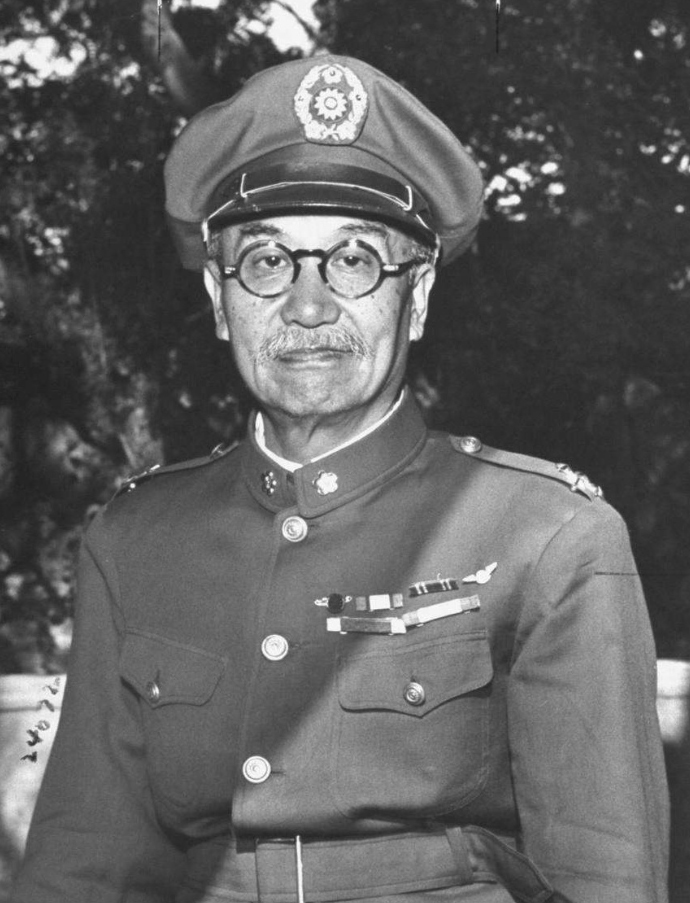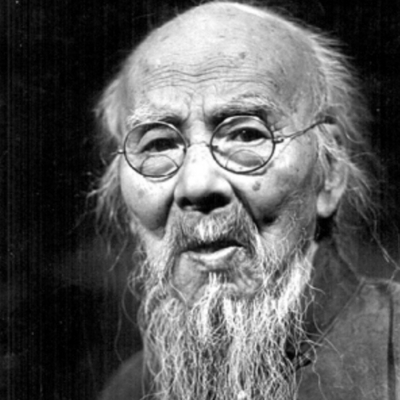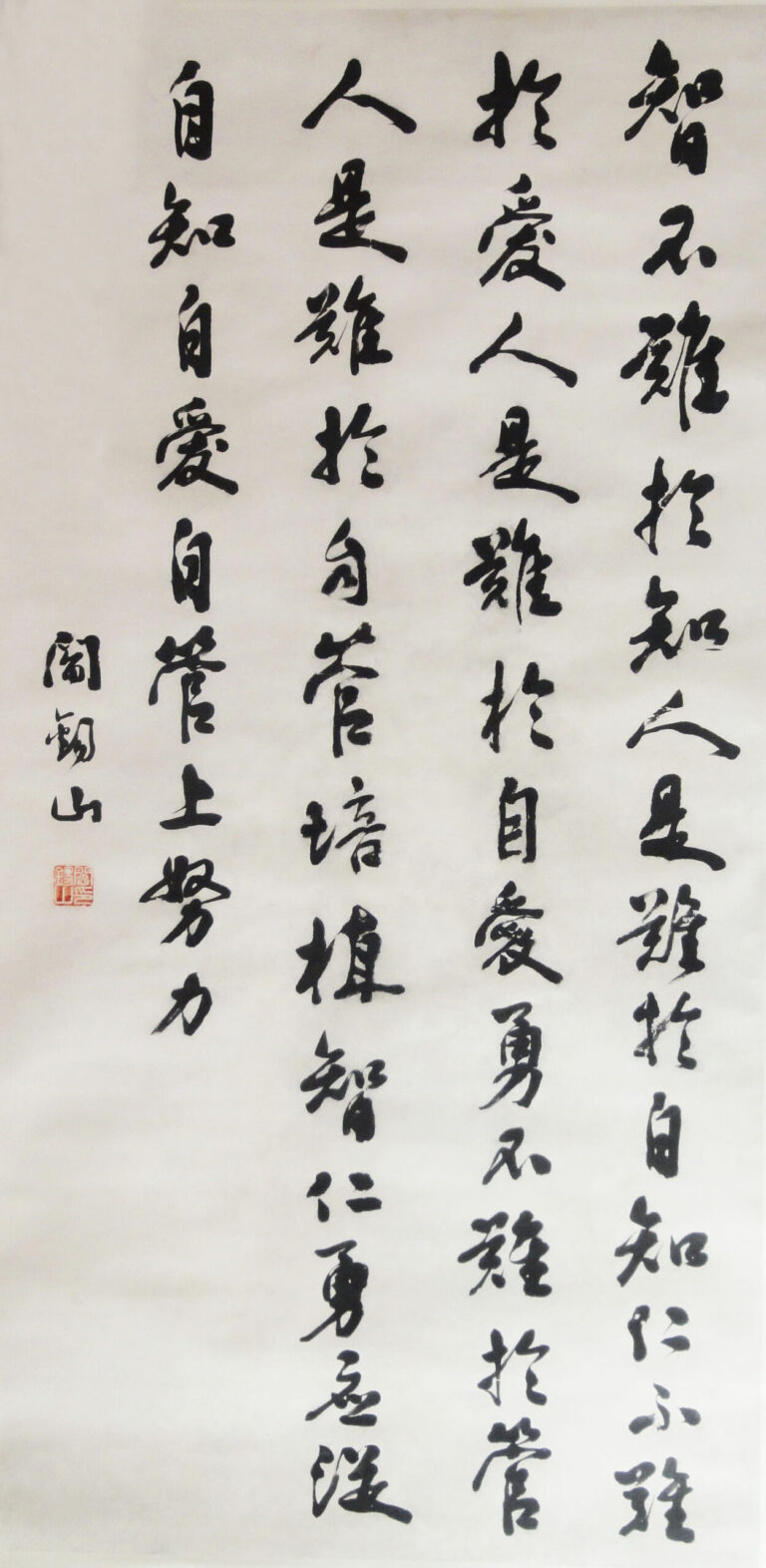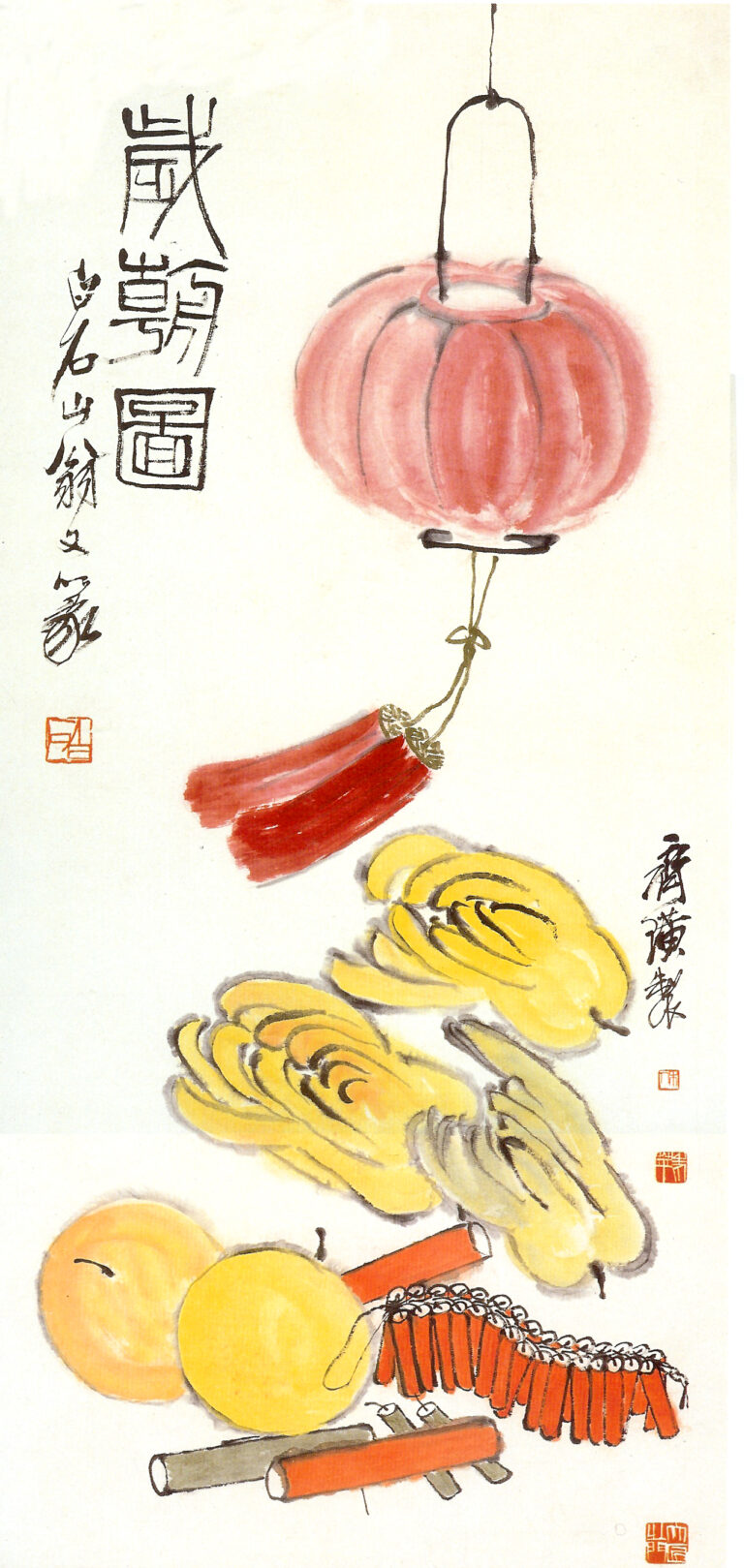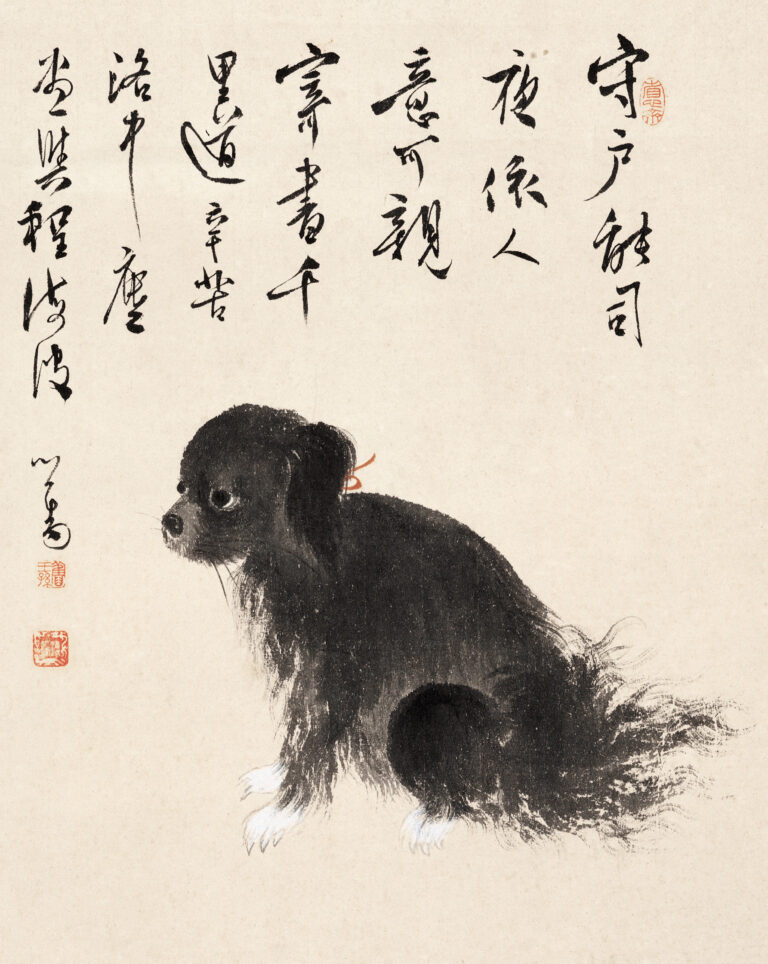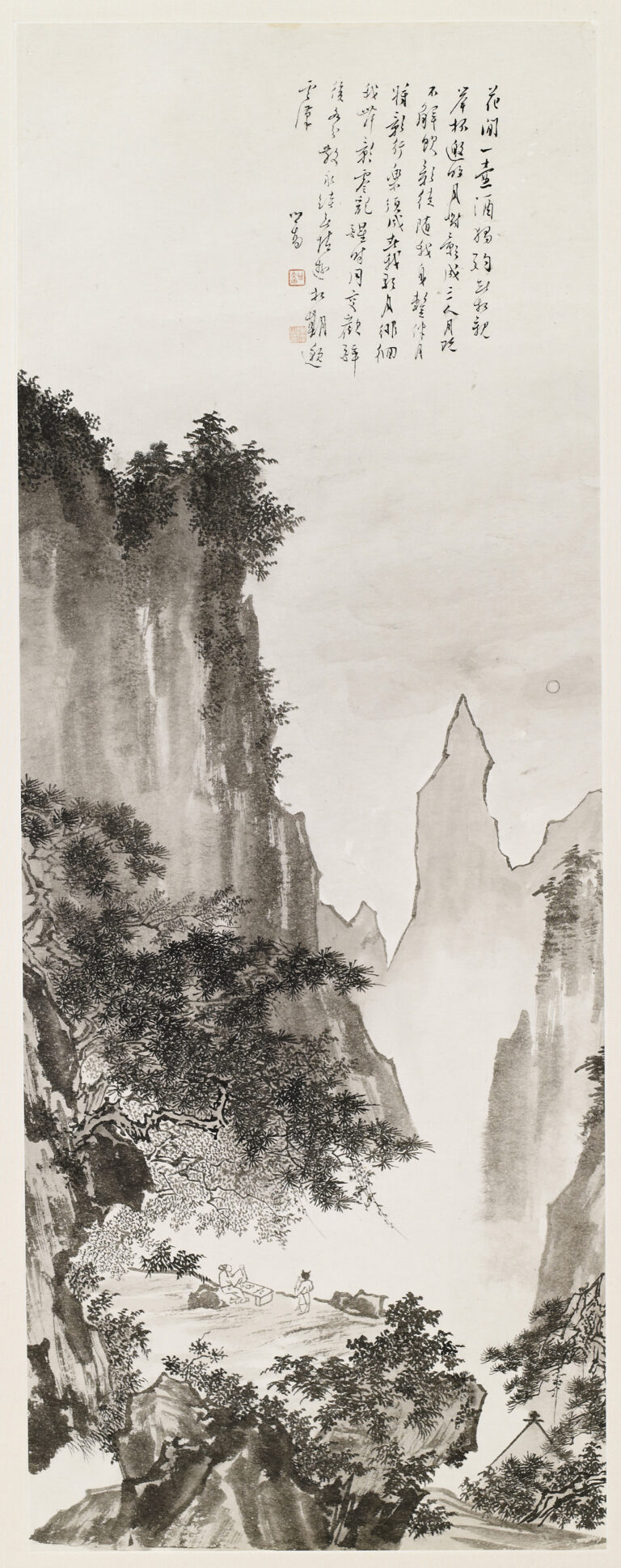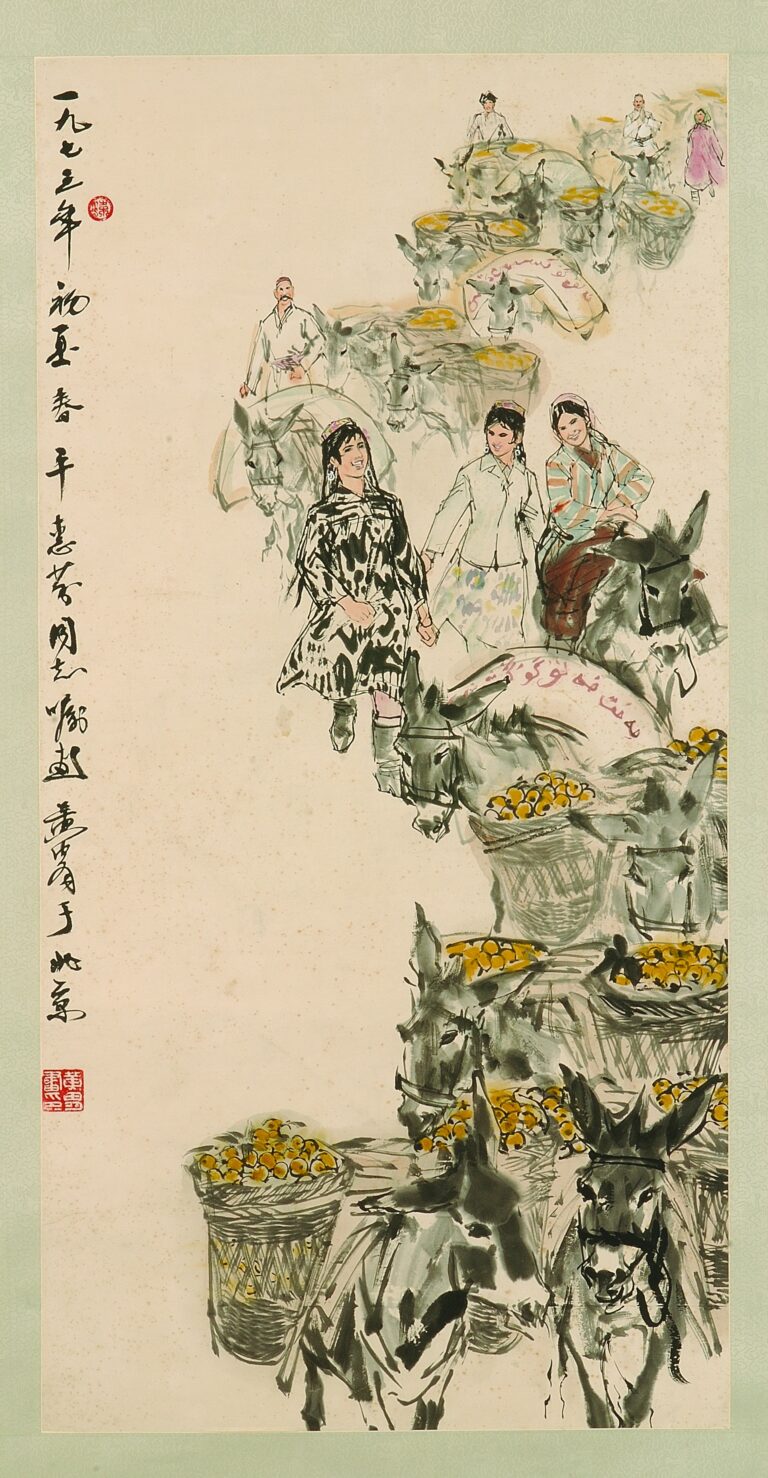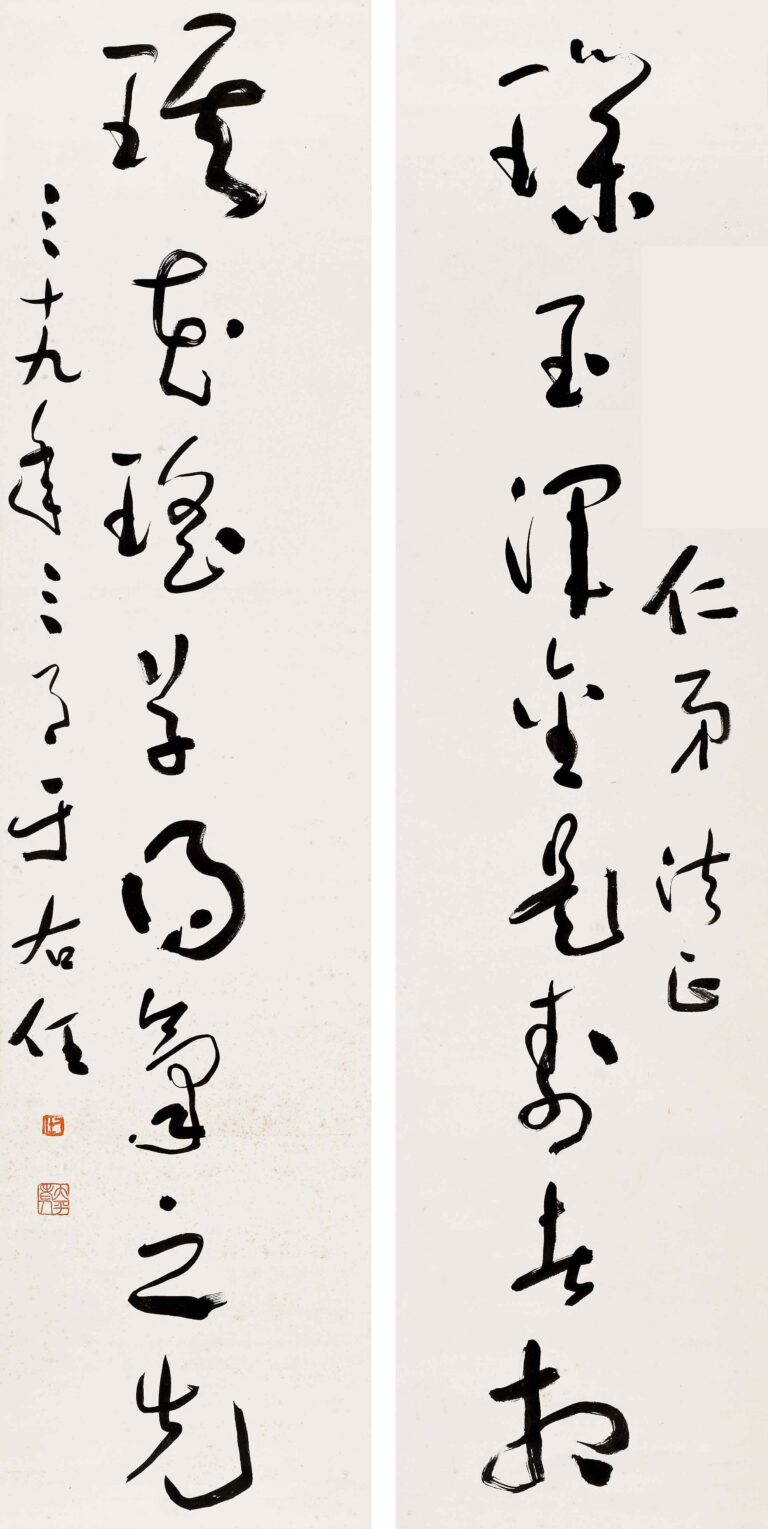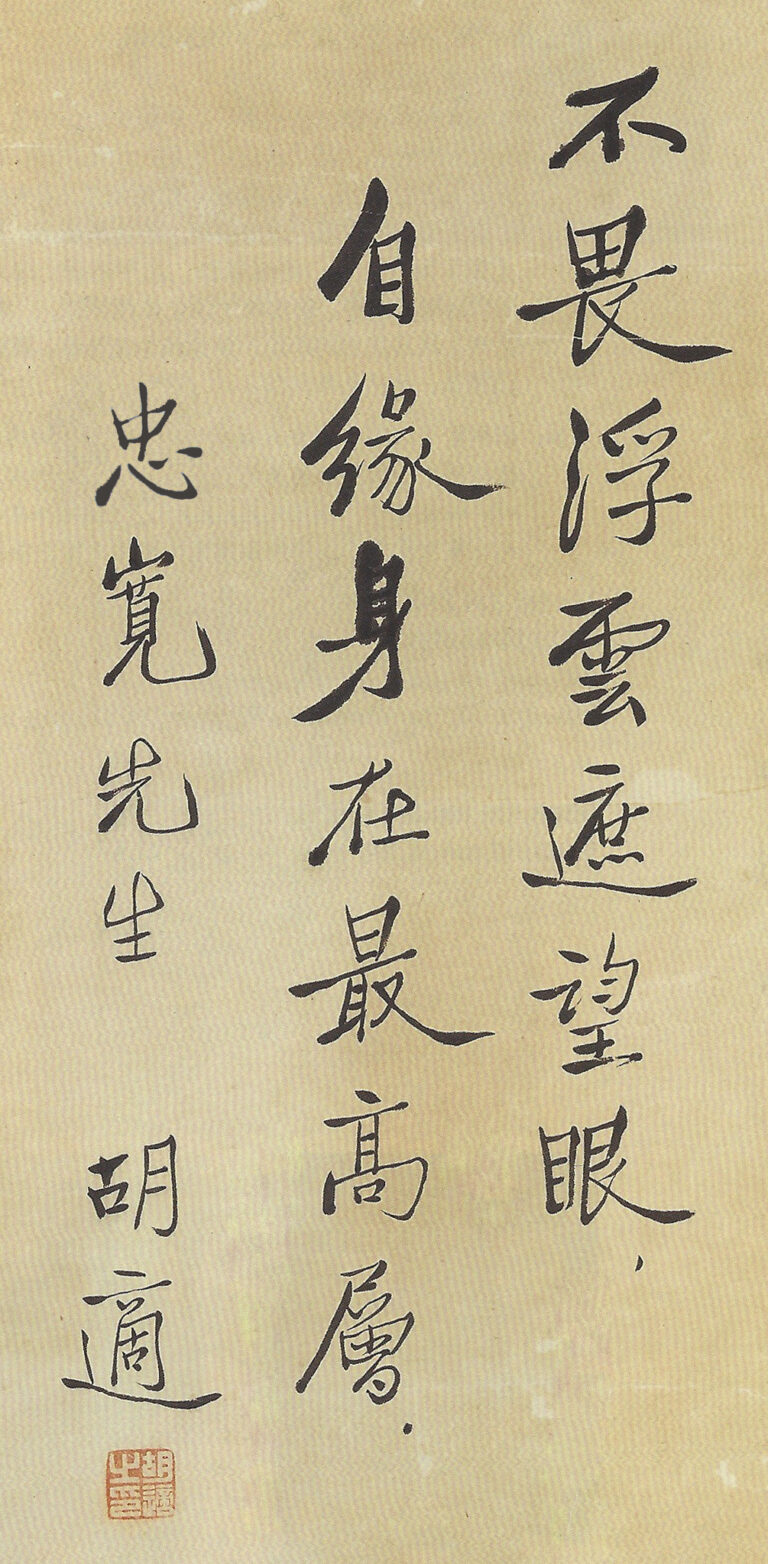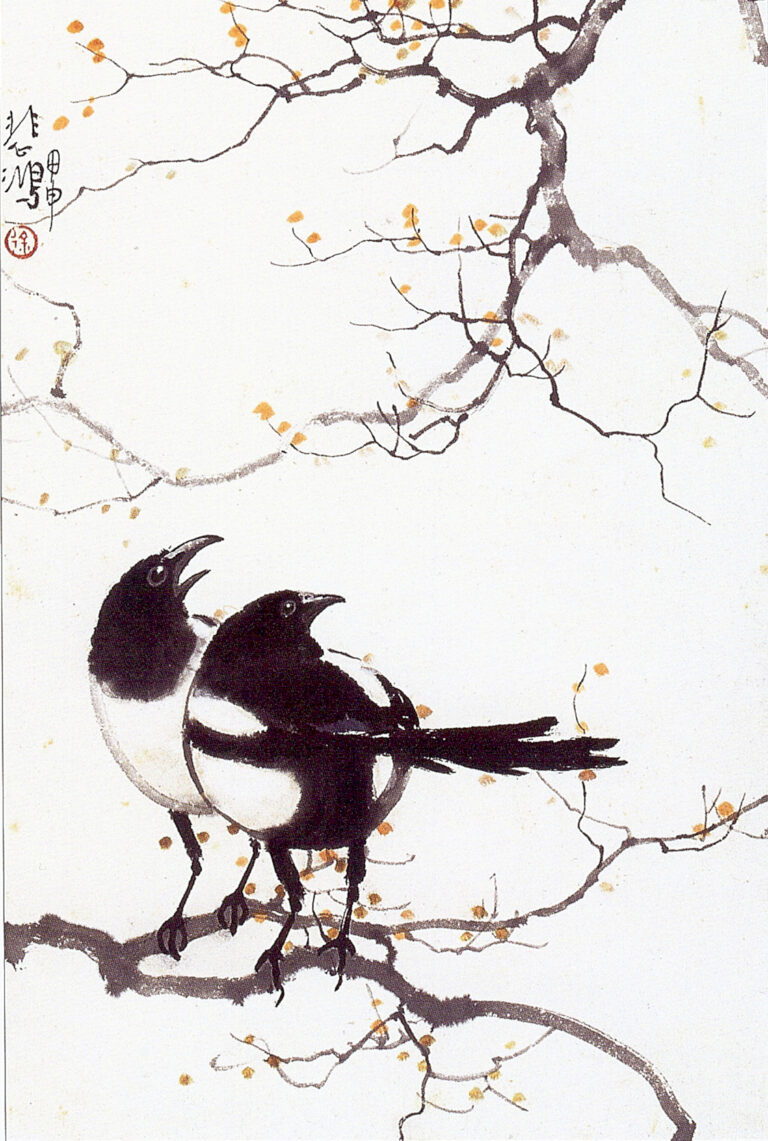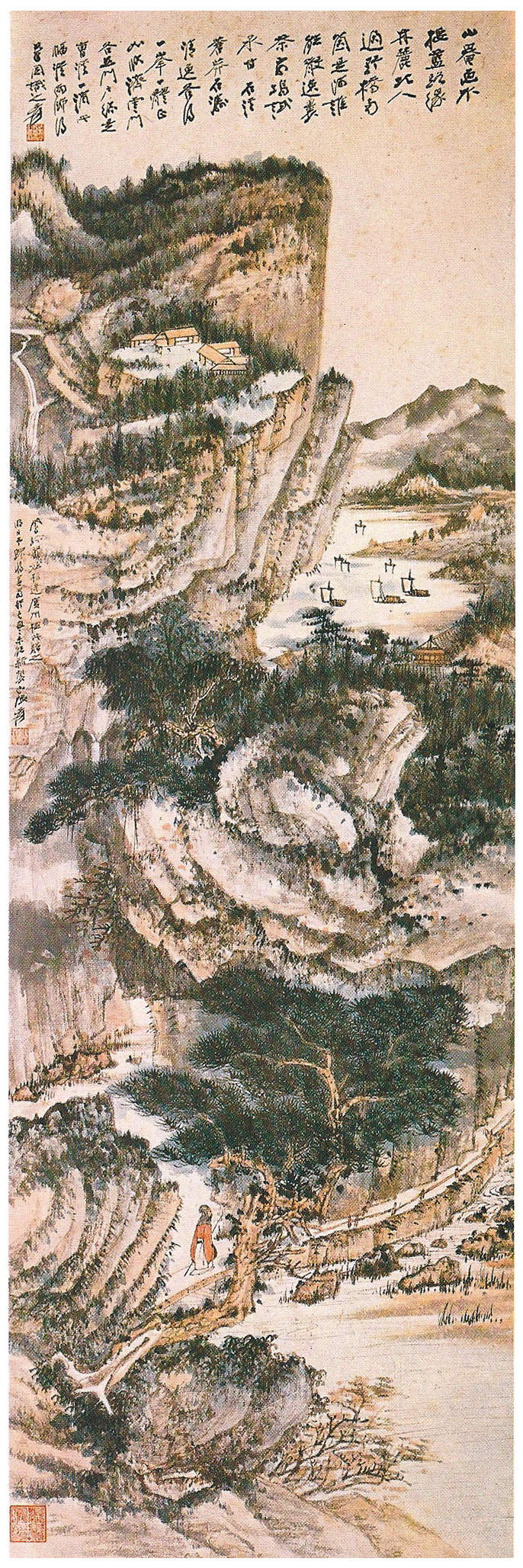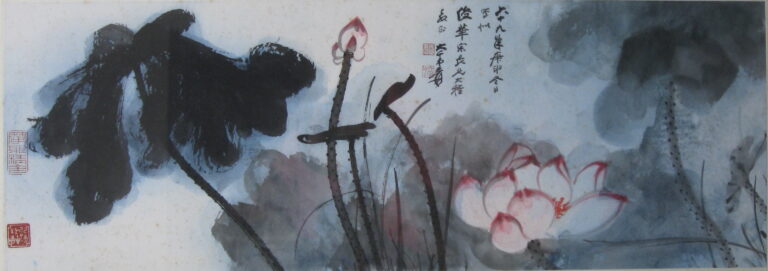Enlightenment at an early age: the Origin of family studies and the Cultivation of Ancient books
In 1895, Dong Zuobin was born into a family of scholars in Nanyang, Henan. With family roots, his father Dong Shirui is known for classics, historiography and calligraphy, giving Dong Zuobin a good enlightenment environment. At an early age, Dong Zuobin showed a strong interest in painting, calligraphy and ancient texts. The collection of books in his home was full of shelves and inscriptions. This laid the early seeds for his deep foundation in philology and calligraphy in the future.
In his youth, Dong Zuobin was keen in reading and good at studying ancient books, and he was well versed in the meaning of scripture and history. Despite his ordinary family background, his knowledge is quite famous in the Nanyang area. This solid cultivation of Chinese studies became a solid foundation for him to enter the carapace school and archaeological research in the future.
First entry to Peking University: Meet Oracle and start an academic journey
In 1923, Dong Zuobin was admitted to the newly established National Peking University Graduate School of Chinese Studies and became a graduate student. At that time, China was in a period of vigorous emergence of the New Cultural Movement and the gradual prosperity of ancient philology and archaeology. Dong Zuobin studied with Luo Zhenyu, Wang Guowei and other academic masters in Peking University, and came into contact with the latest achievements in the study of oracle bones and the history of Yin Shang. Since then, he has developed a strong interest in oracle bones.
While at Peking University, Dong Zuobin began to systematically study carapace inscriptions and bronze inscriptions, and determined to devote himself to the archaeological cause of the Yin Ruins. He said: "In the study of writing, it is difficult to get a glimpse of the truth unless you see its initial form from the fragments of the brief script. Only by being at the ruins can we trace its origin. "This style of study that emphasizes the field and seeks authenticity has set the tone for his future archaeological research.
Devoted to archaeology: the Excavation of the Yin Ruins and the fifth phase of the armor Bone
In 1928, Dong Zuobin was hired by the Institute of History and Language of the National Academia Sinica (hereinafter referred to as the Institute of History and Language) and became an editor. He then went to Xiaotun Village, Anyang, Henan-the site of the Yin Ruins-to conduct a field trip. The Yin Ruins are the ruins of the Wangdu in the late Shang Dynasty of China. A large number of oracle bones unearthed record the political affairs, religion and folklore of the Yin and Shang Dynasties. It is an important way to study ancient Chinese history.
During the more than ten years in the 1930s, the Institute of Historical Studies conducted fifteen large-scale archaeological excavations on the Yin Ruins. Dong Zuobin personally participated in the first seven and ninth excavations and became one of the main experts. Relying on rigorous field archaeology and keen insight into palaeography, Dong Zuobin put forward the famous "Five-stage theory of Armor Bones", dividing the unearthed oracle bones into chronological categories.:
- Pan Geng Wuding Era
- Zugeng Zugjia Era
- In the era of Xincangding
- Wu Yi Wenting Era
- Emperor Yi Emperor Xin Era
This staging system is still an important basis for the study of Oracle bones, and it has greatly promoted the scientific and systematization of ankylology and Yin Shang history.
Breaking through tradition: The Creation of Oracle Archetypes
In 1931, Dong Zuobin published the article "Examination and Interpretation of the Fourth Edition of the Great Tortoise", which for the first time proposed that the age of oracle bones could be determined based on the signature of "Zhenren", and created a new way of breaking generations based on the inner clues of the carapace inscriptions. In 1933, he clearly proposed the academic framework of the Study of the Oracle Bones in the "Oracle Bones Research Case", and laid the theoretical system of the oracle Bones.
This scientific and systematic research method has enabled ankylology to further advance from a mere textual examination and interpretation to a combination with history and archaeology, creating a new situation of cross-disciplinary research. This move is known as the "highest peak of palaeology", which has opened a new chapter in the study of ankylology.
The Four Lessons of the Armor Bone: the Pinnacle of the academic world and anecdotes of travels
In the history of the development of Chinese ankylology, Dong Zuobin, together with Luo Zhenyu (Xuetang), Guo Moruo (Zidingtang), and Wang Guowei (Guantang), are called the "Four Halls of Ankylology" and are the founding masters of Chinese oracle bone research. Tang Lan once commented on them: "Since Xuetang guided the husband first, Guantang has continued to study history, Yan Tang and his era, Ding Tang issued his own examples, it has been extremely prosperous for a while. 」
Dong Zuobin has a deep friendship with these three senior scholars, and there are often academic debates and letters returned. He once humbled himself: "Although I can't learn to watch the hall, I can peruse the bones of the armor and ask for its age, or I can make up for the omissions of the sages a little bit. "This kind of humble and realistic spirit is the true portrayal of Dong Zuobin's style of political science.
International Vision: The University of Chicago in the United States and Overseas exchanges
In 1947, Dong Zuobin was invited to the University of Chicago in the United States as a visiting professor of Chinese archaeology. During this period, he conducted extensive exchanges with European and American scholars to promote the research results of Chinese osteology to the international academic community and promote the exchange and understanding of Chinese and foreign cultures. This overseas lecturing experience made Dong Zuobin deeply feel the importance of cultural inheritance and academic exchanges. He once said: "The reason why Chinese culture is so enduring is that it can have a dialogue with the world and prove each other's benefits. 」
The art of calligraphy: the expressive pen of nail calligraphy
In addition to academic research, Dong Zuobin has also made outstanding achievements in the art of calligraphy. He is especially good at calligraphy with ankylosis, with a calm pen, vigorous and simple, and full of gold and stone. His books often take the armor bones of the ruins of Fayin and incorporate them into his own style, which is unique. Dong Zuobin said to himself: "Where the pen is, the heart is suitable. Nail bone calligraphy, when it is not muddy in steles, it is appropriate to get its own gods and make its own new ones. 」
He also experimented with seal carving, with a simple and powerful sword technique, which is interesting side by side with calligraphy and has become an extension of his artistic life. This kind of artistic experiment that combines palaeographic characters with calligraphy, painting and seal carving has left extremely valuable artistic resources for future generations.
Old Age and Legacy: Persistence in Adversity
In 1949, Dong Zuobin moved to Taiwan with the national government. When I first arrived in Taiwan, my life was hard, and there were more than ten people in my family, and the pressure of life was very great. However, even in the situation of financial constraints and physical pain, he still kept working. From 1951 to 1955, Dong Zuobin served as the director of the Institute of History and Language, Academia Sinica, and presided over the Oracle Research Office to promote the development of ankylology research in Taiwan.
In 1959, Dong Zuobin suffered a sudden stroke. Although his speech was impaired, he still used a pen to write academic notes until the end of his life. In 1963, Dong Zuobin died of illness in Taipei and slept in Hu Shi Park, leaving countless precious academic and artistic legacies.
Masterpieces and academic influence
Dong Zuobin has published nearly 200 academic papers in his life, especially the following works are the most influential:
- "Research Example of Oracle Bones Broken Generations"
- "Yin Ruins Script A" and "Yin Ruins Script B"
- "Yin Lipu"
- "Chinese Almanac Compendium"
Among them, "Yin Ruins Script Series B" compiled a total of 13,047 oracle bones, which has become a milestone in oracle bone science. These masterpieces have laid the modern foundation for the study of ancient Chinese philology and Yin Shang history, and have had a profound impact on the academic circles at home and abroad.
Dong Zuobin's Cultural Heritage and Modern Significance
Among the faint fragments of the armor bone fragments, Dong Zuobin found the pulse of ancient Chinese civilization; in the rendering and outline of calligraphy and painting, he used his pen to convey his soul and convey his respect for history. Dong Zuobin's life is a model of Chinese scholars' tireless learning and cultural self-confidence. Today, both scholars who study oracle bones and collectors who appreciate calligraphy and painting can feel the light of cultural self-confidence and wisdom that has traveled through thousands of years from Dong Zuobin's knowledge and calligraphy.
Dehuatang sincerely invites the collection of Dong Zuobin's paintings, calligraphy, manuscripts and academic heritage. We focus on the professional appraisal and high-value acquisition of works of art. We are willing to work with you to cherish and inherit the valuable heritage of this cultural master, and jointly witness the broadness and sustainability of Chinese civilization.
